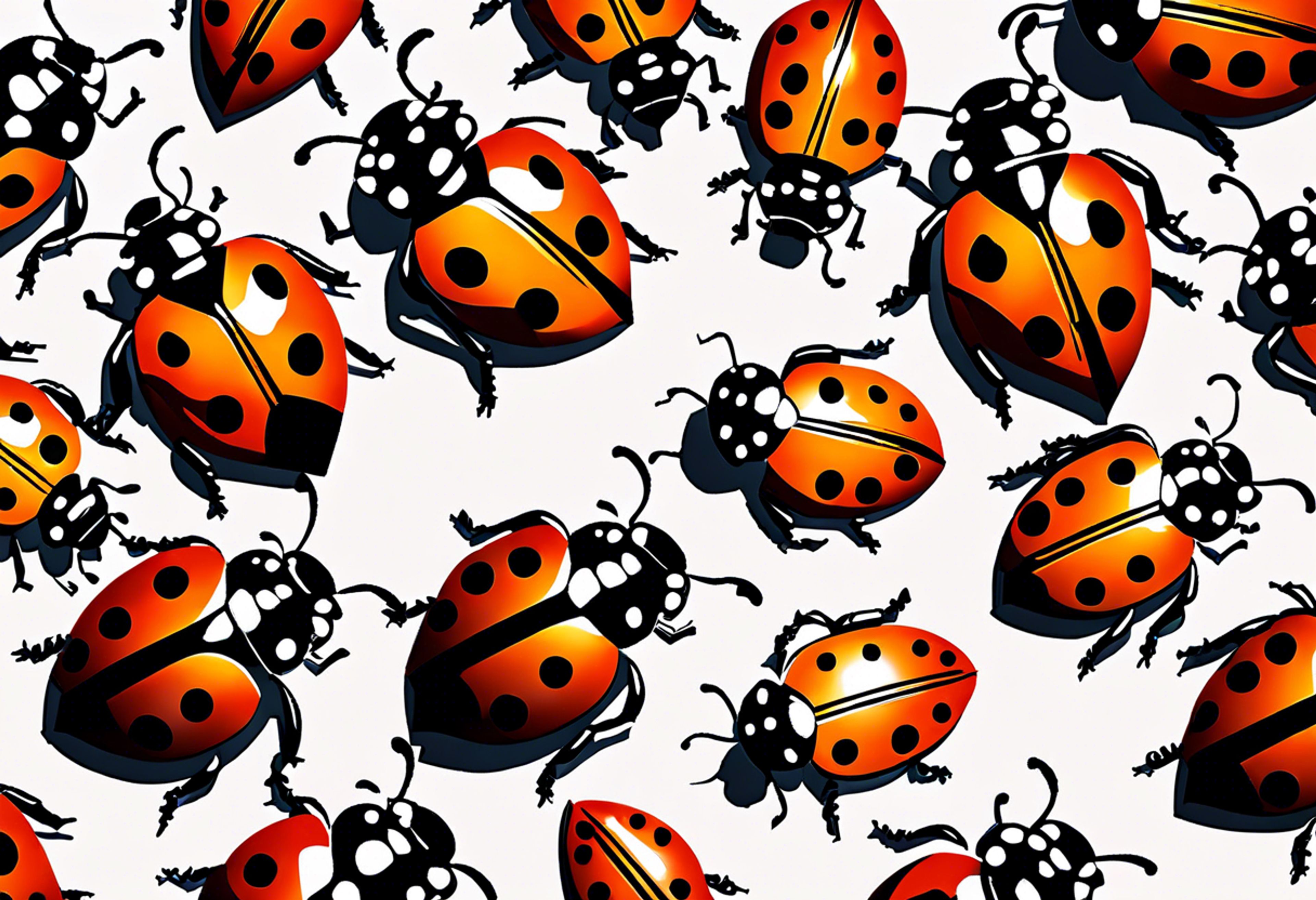Battling the Beatles: SEMO’s annual challenge with Asian Lady Beetles
SEMO faces an annual invasion of Asian Lady Beetles in its residence halls. Students and staff tackle this persistent pest problem with integrated pest management and practical tips.
Every year, the residence halls at SEMO become a hotspot for a peculiar and persistent pest: the Asian Lady Beetle. As the seasons shift, these small, colorful bugs seem to invade student living spaces, creating a nuisance that many would rather do without.
What are they?
Asian lady beetles have been invading homes and buildings across the United States since the early 1990s. While the Asian lady beetles are often misinterpreted as ladybugs, they are a distant relative of the classic ladybug. Also known as the Harmonia Axyridis, these beetles can become quite the nuisance.
To understand the challenges posed by these pests, it’s important to consider why they seek shelter indoors. The UK Department of Entomology said the beetles seek refuge to escape the cold weather as the seasons change.
Once the beetles make their way into buildings, they seek out small crevices and protected spaces to spend the winter. These spots often include attics, wall cavities, and cracks around windows and door frames.
It’s also important to clarify the distinction between Asian lady beetles and their more familiar relative, the ladybug. While they may share similar appearances, their behaviors and impacts can differ significantly. While Asian lady beetles tend to flock inside as the weather changes, ladybugs make their shelters for the winter outdoors. Another way to tell them apart is color. While ladybugs are classically red, lady beetles come in a variety of colors, for example, in Missouri, they are typically orange.
How does SEMO fight the infestation?
To fight against the influx of Asian lady beetles on campus, SEMO has implemented practical measures for prevention against the beetles and all pests alike.
Assistant director of General Services Andy Tinney said the beetles congregate in residence halls because they are trying to escape the cold, and there’s different ways to deal with them.
“They’re very common in Missouri, very common in the fall. And what they do is congregate in large numbers, trying to find warmth for the winter. The best way to manage it is really a campus-wide effort. It’s not necessarily chemically. They call it an IPM, or integrated pest management protocol, which is to report cracks in doors and windows, report gaps, and prevent the beetles from entering the building,” Tinney said.
SEMO’s facilities management has highlighted the process students can take to report issues with pests. The first step is putting in a work order. Once the work order is placed, SEMO’s Pest Control Technician will respond, usually within 24 hours.
Facilities Management also schedules preventative pest control treatments over school breaks to target all types of pests.
What can students do to deter the beetles?
While SEMO has prevention measures against pests in place, there are things students can do at home to help deter the beetles even more.
Keeping windows and doors closed and noting any cracks in your walls, windows or doors can help prevent an investation. Vacuuming the beetles up as you spot them, and dumping them outside is another way to rid your space of the pests if they have already made their way inside.
Other natural deterrents include peppermint or citronella oil and keeping your shades drawn at night, as the beetles are attracted to light.
Freshman double major in Dance and Theatre Jackie Cooksey said she tries to take the beetles outside when she spots them in her dorm.
“Whenever I come across the bugs in my dorm, I typically try to get rid of them. If I can let them outside and get them back into their natural habitat, that’s preferred, because they’re creatures too and don’t deserve to die. They don’t harm us, but they’re not supposed to be in that particular environment. If there’s too many of them and it’s needed, I will typically use cleaner and kill the bugs. If there are natural repellants, those could help as well,” Cooksey said.
Cooksey also said she thinks that reporting and repairing cracks in walls or windows is a great way to prevent them from coming inside in the first place.
“I think our dorm rooms should be cleaned frequently by us students. These bugs tend to get inside our space through little unseeable crevices quite often. With that being said, I think SEMO can also help us by making sure that the crevices are covered up in the dorms and protected from unwanted insects,” Cooksey said.
The annual invasion of Asian lady beetles at SEMO poses a unique challenge for students and staff alike. While these pests seem like a nuisance, understanding their behavior can help alleviate some frustration. By staying informed and prepared, residents can navigate this seasonal phenomenon with greater ease.
Connect with the Southeast Missourian Newsroom:
For corrections to this story or other insights for the editor, click here. To submit a letter to the editor, click here. To learn about the Southeast Missourian’s AI Policy, click here.










